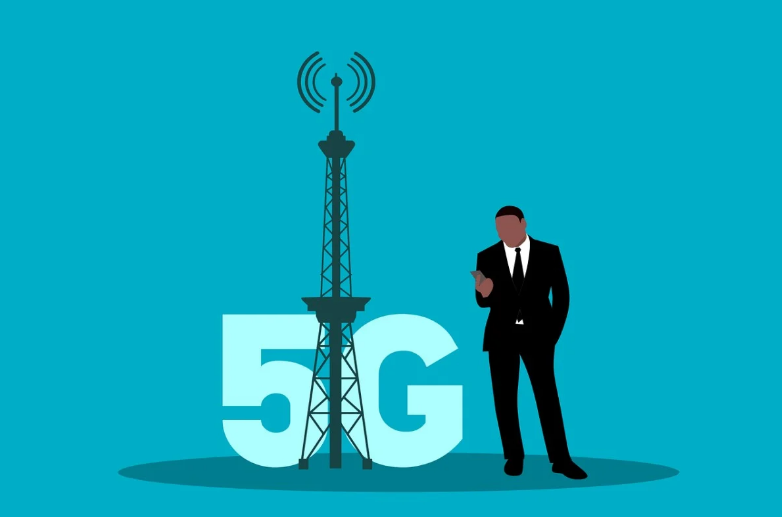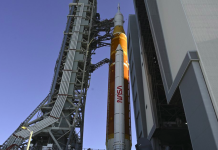According to the American Communications Company Viasat, if India decides to auction spectrum in 28 GHz band for 5G services, it might just be risking losing about $184.6 billion by the year 2030 in terms of economic value.
The company added that it could become very difficult for India to take advantage of the space economy without the presence of a millimetre wave (mmWave) spectrum in Satcom services. The concerns have been raised as India is focusing on the 28GHz band for deploying 5G services as of now while the rest of the world is going in another direction.
Why India Could Lose about $184 billion?
Cristian Gomez, Senior Director – Government & Regulatory Affairs (Asia Pacific) at Viasat said in a statement to ET Telecom that India could lose about $184 billion by 2030 if it makes the mistake of offering airwaves in the 28 GHz in full or part to 5G mobile industry and will probably end up with underutilised spectrum.
He added that it is difficult to comprehend that why India is focusing on mmWave which is not being used or processed globally. He said that India might not be able to benefit from the space economy without the existence of a spectrum for Satcom services.
Viasat has informed that there is an abundance of spectrum in the 26 GHz band to house 5G services in a distinct spectrum. Gomez has also said that telcos are looking for 400 MHz for each telco in mmWave and 26 GHz offers 3.2 GHz to accommodate all the telcos.
He further showed his concerns by stating that India should avoid the 28 GHz band as it is costly and has complex arrangements. He added that IMT systems are incompatible particularly considering 28 GHz global use by ubiquitous land, sea and air ESIM.
According to Gomez, the countries around the globe are not giving preference to mmWave or 28 GHz for 5G. He added that even those countries that prioritised mmWave have now shifted their focus for the simple reason that 5G is costly and new gears are needed for deployment, particularly in mmWave.
Furthermore, to deploy mmWave it is necessary to deploy a huge number of towers which is not that practical and a lower frequency band will require much lesser towers.
Viasat already partners up with various telcos around the world such as Telstra in Australia and the company will be open to discussing with the telecom operators in India the possibilities of 5G networks and the role it can play to bring more people online.
As reported earlier, telcos in India – Reliance Jio, Bharti Airtel and Vodafone Idea have been urging for an equal playing field from the government when it comes to satellite communications.















